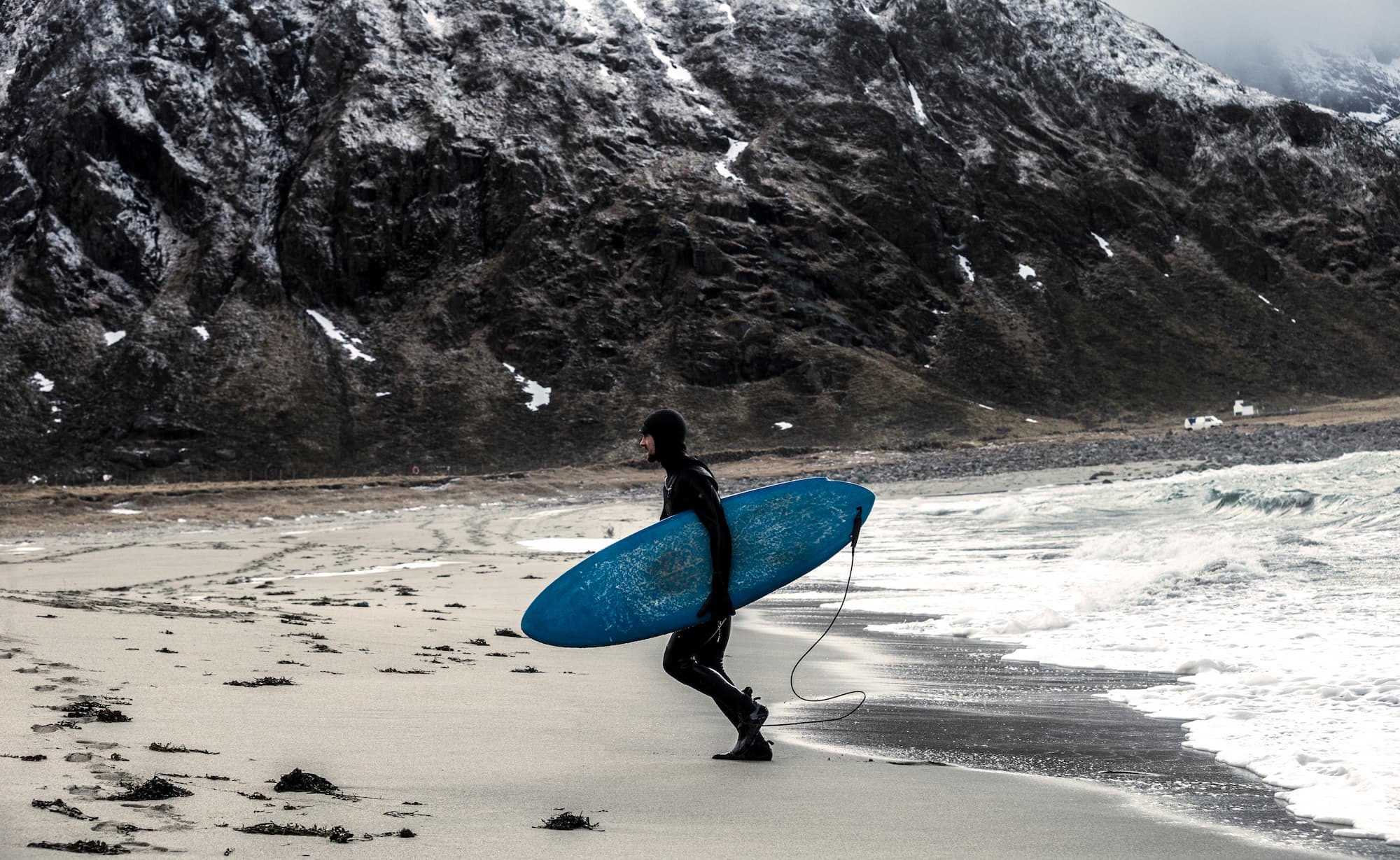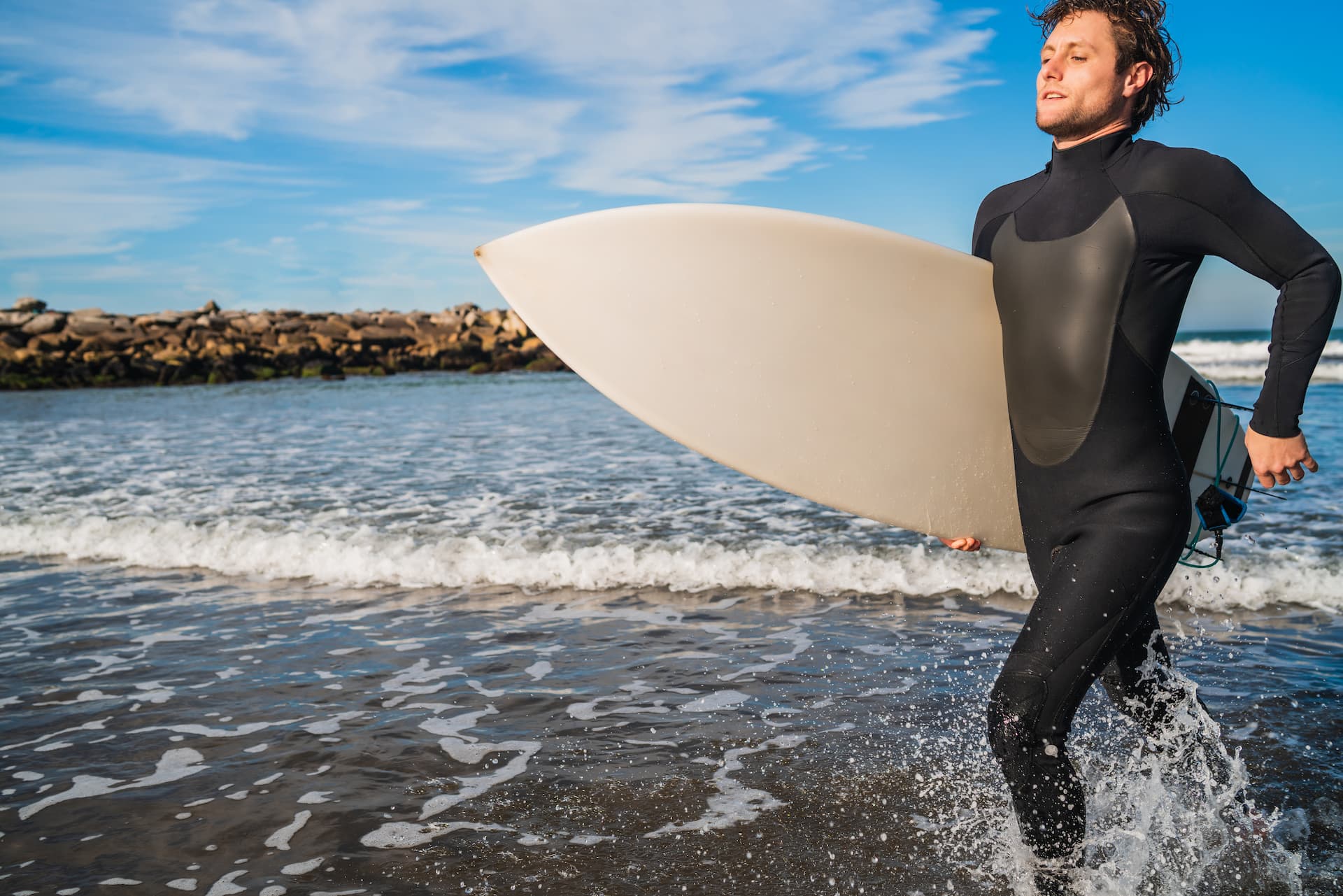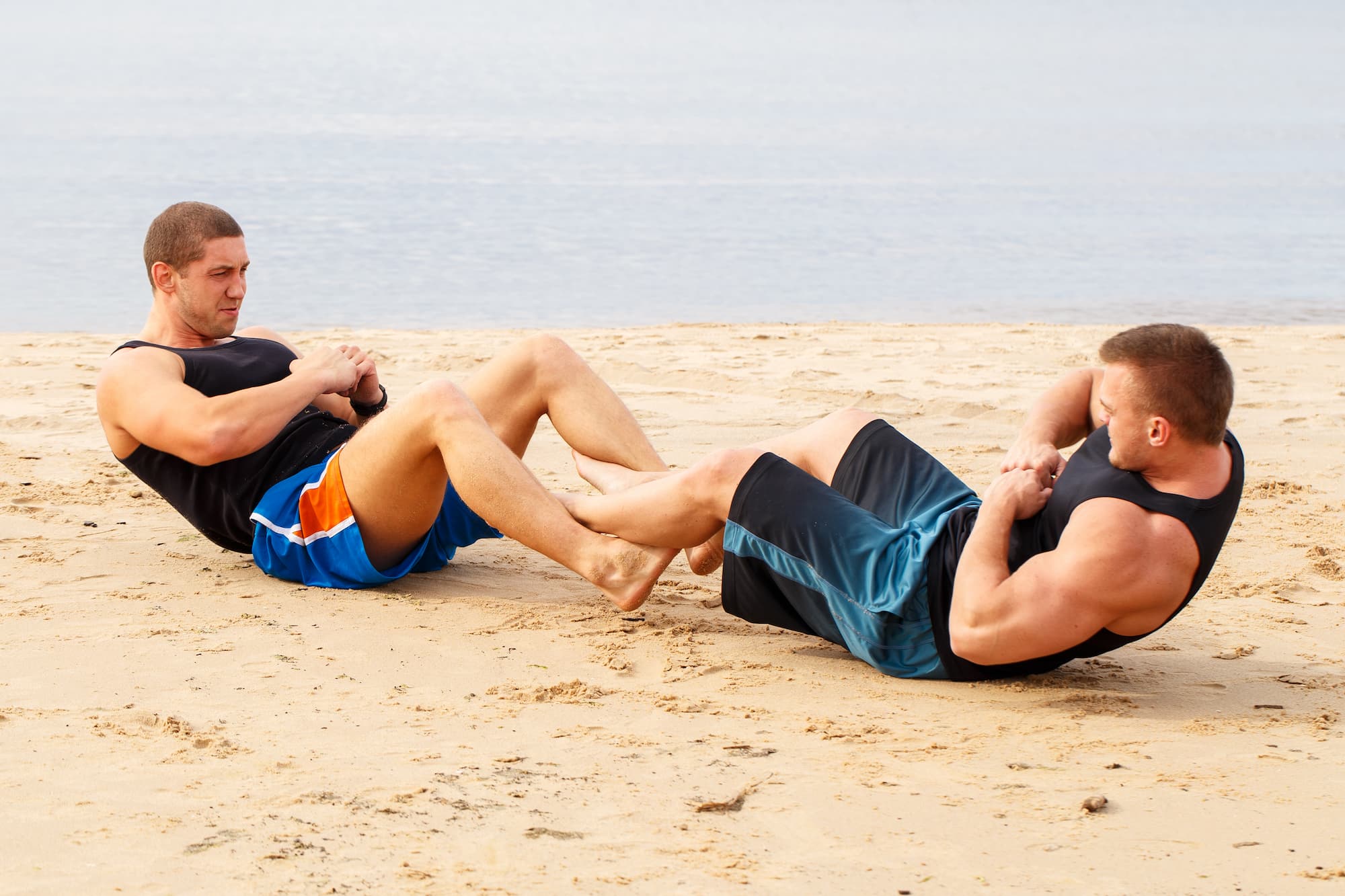If you are a surfer looking for the best wetsuit, the question of thickness can be very important. The thickness of your wetsuit determines the level of protection and comfort you will get once in the water. The right thickness depends mainly on the water and air temperature.
Surf suits are available in a range of thicknesses from 1mm to 7mm. The thinnest combinations are generally 1 mm to 3 mm. These wetsuits are lighter and offer minimal protection, which is perfect for warm water surfing sessions. On the other hand, suits of more than 3mm are ideal for winter.
Summer wetsuit
🌡️ For water temperatures ranging from 18 to 20°.
It’s the classic, you decide to go surfing on a summer day when the weather forecast indicates a beautiful sun. On the Atlantic side, the water is usually around 20°, and this is the time of year when there are the most surfers.
2mm
A combination of 2 minimeters will undoubtedly satisfy you for your summer sessions. It is quite common to use shortened suits called “shorty” in this period. The advantage of 2mm is that it gives you great flexibility while protecting you from scratches.
3mm
This is the most common size for wetsuits. The best seller of the brands for years now. The advantage of a 3mm is that it will allow you to be comfortable during the summer and the pre/post season (from May to October). Practical for small budgets.
🌡️ For water temperatures above 20°C
Going surfing in a tropical destination? Follow the guide!
1mm
Very rare, these suits actually exist, especially at Rip Curl. Lightness and flexibility define this suit format. But be careful, neoprene is fragile and on this thickness it will be even more likely to tear. Unless you only use them recreationally in warm conditions, we do not particularly recommend them.
Surfing without a wetsuit
An economic alternative, right? For the most daring, you can try it! But we warn you:
- You risk having irritations and burns on your body
- The wax that sticks to the hair
- Damaged shorts and t-shirts can be used as a makeshift suit
Winter suits
🌡️ For water temperatures between 17° and 13°.
We find these temperatures before and after the summer season. And more and more in winter, when they get hotter and hotter.
4mm
The all-purpose suit! Obviously its thickness which is starting to be quite high will start to “bother”, compared to the 3mm and 2mm. That said, these suits will keep you warm even when the temperature approaches 13°, ideally when coupled with a hood and slippers.
Hoods and booties: between 2 and 3 mm recommended
For these temperatures, no need to invest in more than 2mm for the hood, and 3mm for the booties. Indeed these protections are quite invasive and the ideal is to keep them thin for temperatures of 13 ° and more. Note that the shoes are particularly reinforced in general, so it is rare to find less than 3mm.
🌡️ For water temperatures below 13° C
5mm
Ideal when the temperature is below 13°, down to about 8°, depending on your sensitivity.
These wetsuits are very thick and will not be worn on any other occasion than winter in cold water.
Note that they are usually found with integrated hoods, because the question of head protection no longer arises at this kind of temperature, so an integrated hood allows more insulation.
6mm and less
Between 0 and 8°, find 6mm suits to accompany you on your adventures. Here no more question, it is absolutely necessary to have an integrated hood, and preferably in zip front or zipless , because the smallest drop of water will make your body cool which will draw from its reserves to warm itself!
Hoods, gloves and booties: between more than 3 mm recommended
Wouldn’t it be silly to get into the water and not feel your fingers? Think about gloves and don’t skimp on thickness! Make sure you choose sturdy booties that won’t open during your session even if you wipe out.




